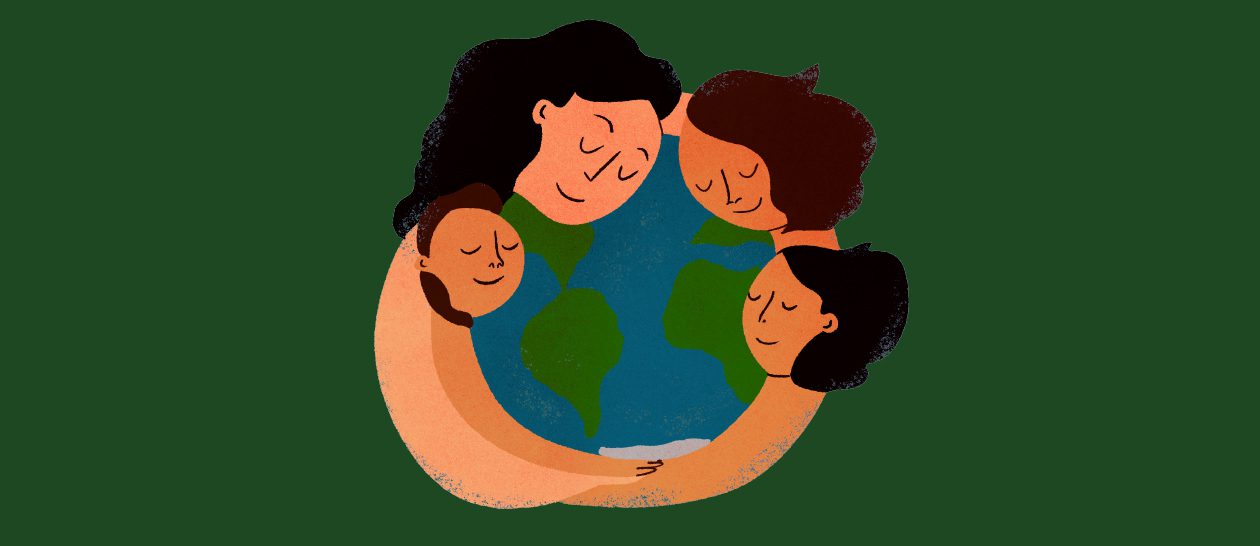The first element that strikes you are the graphics. Photographs don’t hit just the same way as a ball in tiny heeled pumps labouring through an obstacle course, walking along a tightrope. The ball is Earth—our whole Earth, with all of its people, animals, biomes, oceans, villages, cities, plants, heritage, crops, climate disasters, pollution, waste, loss, activism, knowledge—walking along a tightrope. A poignant and imperative reminder of what is on the line.
UNEP’s own organisational structure seems to be making amendments, with 2022 being a year for achieving a gender balance in terms of employment. A binary understanding of gender parity, however, could still be hindering truly equitable employment and intersectional climate action. Markedly, their improved employment levels of people from less represented regions, may actually enable more environmental work to be centred in the global south.
What strikes you next is a reformed, rights-centric, and regenerative approach to inclusivity in climate action—on a global scale. We see this in: the Loss and Damage Fund being founded at COP27, the indigenous-affirmative 30X30 goal for Biodiversity Conservation at COP15, and the UN General Assembly declaring a clean, healthy and sustainable environment as a universal right. Several decades of climate justice activism, science-based negotiations and several centuries of land defenders’ work is finally achieving success in international policy.
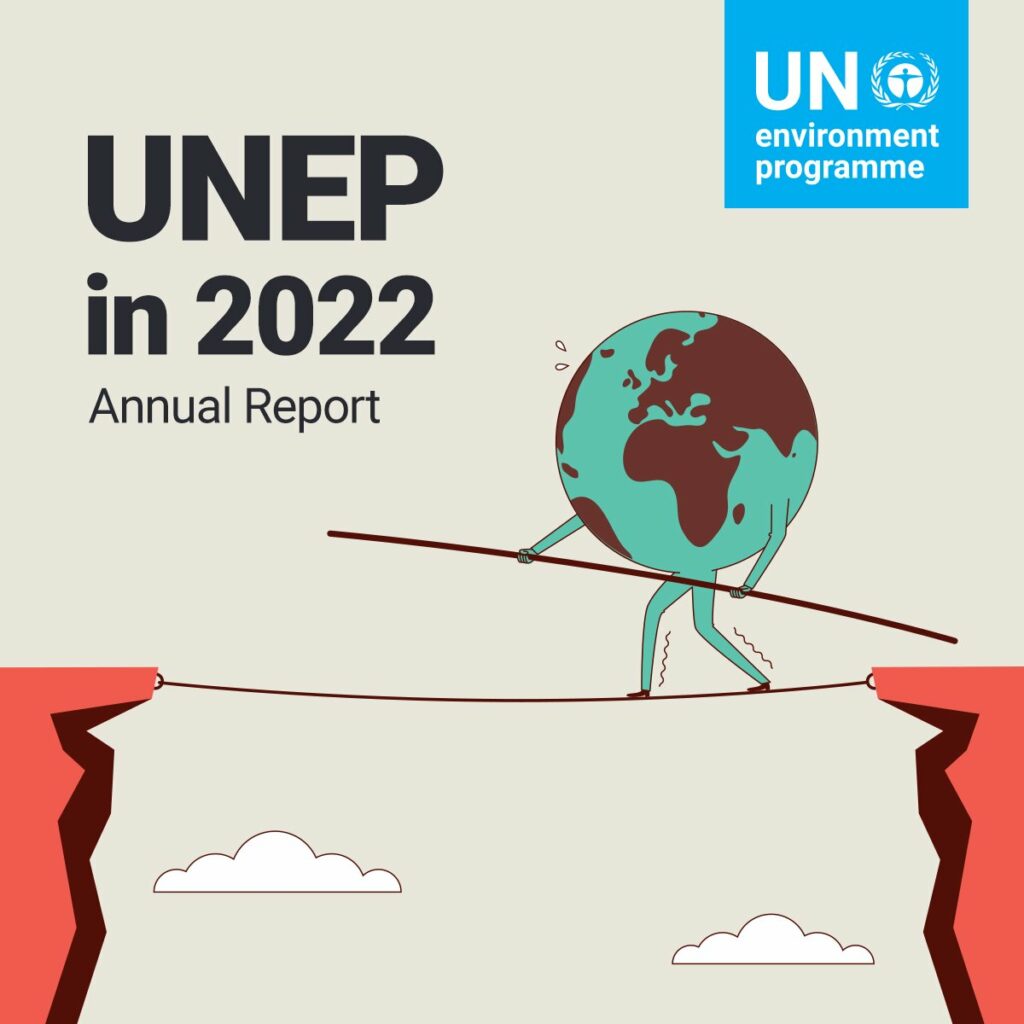
UNEP’s report celebrates these wins, while summarising their own implementation over the past year and reminding us how much more needs to be done. A compilation of many project’s impact assessments, the annual report highlights key findings from all of 2022’s reports, as published by UNEP and its sister agencies.
Aiming for equity
A lot of the reports point to one central issue: inequity. December’s State of Finance for Nature Report recommends increasing “inclusion in financial systems for a just transition”, in order to financially safeguard the rights of indigenous communities, land, women and other structurally marginalised groups.
UNEP’s own organisational structure seems to be making amendments, with 2022 being a year for achieving a gender balance in terms of employment. A binary understanding of gender parity, however, could still be hindering truly equitable employment and intersectional climate action. Markedly, their improved employment levels of people from less represented regions, may actually enable more environmental work to be centred in the global south.
One aspect that the action plan misses in detail is mental health. Often, the psychological implications of communities experiencing climate disasters and constant change are ignored and un-provided-for. Climate anxiety is also rampant, particularly in youth from marginalised communities. To build truly resilient communities, collective spirit and health must be cared for.
This, and their flexible thematic funds establishment, are in-line with their Medium-Term Strategy for 2022-25—which details, amongst other plans, to ensure that “no one is left behind.” Although it strives to implement gender-responsive and intersectional strategies, its 2022 annual report falls short on breaking down how this was achieved in the past year. All reports also fail to consider how disability or caste intersections can impact human experiences of the triple planetary crisis. Neither is this accessibility understood to be important when seeking to improve the organisation.

Progressively, UNEP reports that a majority of the national adaptation plans of Parties to the UNFCCC have considered “gender and/or historically disadvantaged groups, such as indigenous peoples.” At the same time, the Adaptation Gap Report’s subtitle: “Too Little, Too Slow” is an apt description of actual global implementation of justice-centric climate adaptation. Mitigation, in the first place, is oft-ignored in governmental action.
October’s Emissions Gap Report evidences how countries like India have high total Greenhouse Gas (GHG) Emissions, which are met by much below-world-average per capita GHG emissions. A large majority of our most populous nation is, thus, not responsible for the climate crisis at all. Yet, it is this majority that faces the consequences of worsening urban air quality, devastating heatwaves, and “development” fuelled disaster.
One Health Joint Plan Of Action
One UNEP plan that is a true silver lining is its joining with the One Health Joint Plan of Action—a quadripartite alliance of UNEP, Food & Agriculture Organisation (FAO), WHO, and World Organisation for Animal Health. This approach finally establishes the global need of building resilient and climate-informed health systems—that are not purely medical, but also extend to understanding food quality as an important segment of health.
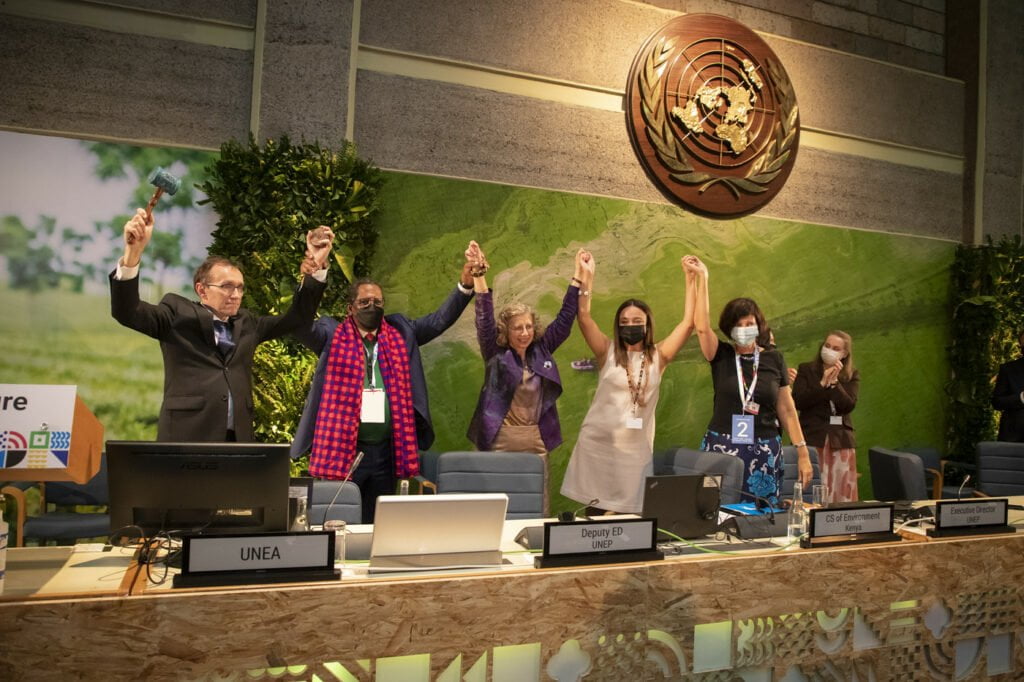
One health as a concept is in itself intersectional. It’s a holistic approach to understand the interconnections of health of all species and our environment, as part of interconnected systems.
The five-year plan understands health particularly through the lens of environmental destruction, food systems, animal rights, and transmissible illnesses. This plan also recognises the need for capacity-building, communication and collaboration between sectors and disciplines to ensure “inclusivity, equity and access” to creating one health.
The climate crisis impacts the most among the marginalised communities in terms of food—with food security, nutritional equity and food waste intersecting with socioeconomic exclusion. Agriculture being susceptible to economic and ecological changes.
Arguably, the One Health Plan is much more specific in its identification of key action tracks, the cross-cutting implementation strategies and timed deliverables (as compared to UNEP’s strategies). The document’s register and organisation also incorporates a greater degree of clarity.
One aspect that the action plan misses in detail is mental health. Often, the psychological implications of communities experiencing climate disasters and constant change are ignored and un-provided-for. Climate anxiety is also rampant, particularly in youth from marginalised communities. To build truly resilient communities, collective spirit and health must be cared for.
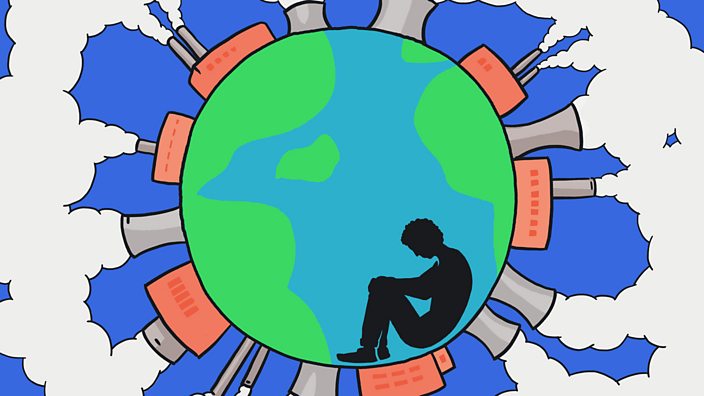
Amongst maintaining water and sanitary hygiene (WASH), reducing pollution levels FAO Director-General QU Dongyu reminds us how “One Health should start from proper land management and stopping deforestation.”
Food at the nexus
The climate crisis impacts the most among the marginalised communities in terms of food—with food security, nutritional equity and food waste intersecting with socioeconomic exclusion. Agriculture being susceptible to economic and ecological changes.
Also read: Environmental Crisis And Gender: The Effects Of Climate Change On Women’s Gynaecological Health
The joint UN report on “The State of Food Security and Nutrition in the World 2022” asserts that “the world is moving backwards in its efforts to end hunger, food insecurity and malnutrition in all its forms.” In 2020, a healthy diet was unaffordable for nearly 3.1 billion people—it is, thus, not about ensuring that everyone gets something to eat, but rather to ensure that everyone gets something healthy to put into their bodies.
The report notes also that these and all its other estimates are based on data collected pre-pandemic and are likely to be undermining the true realities of a post-COVID increasingly inequitable world.
FAO (UN’s Food and Agriculture Organisation) notes that there is a blatant bias in terms of subsidies, support, and R&D in staple foods—which tend to be more generalised and less localised. Market price controls are overwhelmingly provided for “commodities like wheat, maize, rice, as well as sugar.”
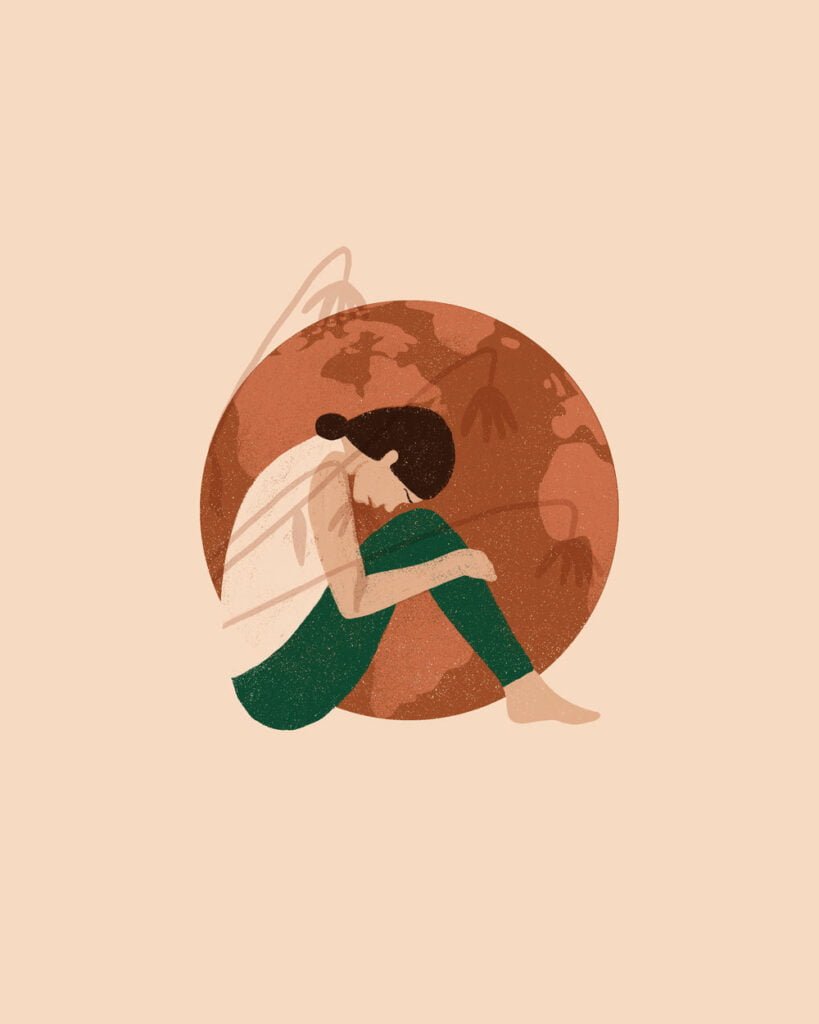
While these staples help support food security and provide assurance for farmer’s incomes, they risk resulting in a compromisation of nutritional equity. Staples also encourage monocultures, which ultimately degrades soil health and its ability to support life.
This overreliance on staples is observed particularly in Indian Government Food schemes, where the rations which are provided for free and minimal amounts tend to be foods with lower nutritional diversity. Although 2022 was promoted as the year of millets, public school lunches, for instance, still lack the nutritional abundance that ingredients like millets and oilseeds could provide.
With a 2021 UNEP report estimating that 17% of all food is being wasted at the retail and consumption stages, the role of efficient storage systems and public awareness may be key to smoothening the process. FAO’s report also highlights the importance of nutrition-sensitive public outreach programmes.
Toxic chemicals like heavy metals and microplastics are trickling into our food systems. Bioaccumulation may be causing long-term illnesses. While UNEP’s report itself does not highlight this, it tackles issues pertaining to plastic and chemical pollution at large.
What’s next?
As a country, what sustainable health standards must we set out to achieve?
Deforestation and combustion is choking us. An urgent report reminds us that India’s air quality has been deemed unsafe and hazardous at-large, with 98.8% of the population being exposed to air pollution that is subpar to WHO’s standards. The implications of this on the most marginalised have to be considered—with 1,426 million people experiencing both poverty and harmful air pollution levels.
Waste and the health and safety of the workers who manage it are linked to our societal treatment of waste. Simplistic legislative bans aren’t going to tackle the root issue. Prioritising a circular economy built on ethical grounds is critical.
The UNEP report did not mention degrowth. Or, sadly, even fossil fuel non-proliferation, for that matter. Perhaps, because these ideas are too impractical, too radical, too hopeful.
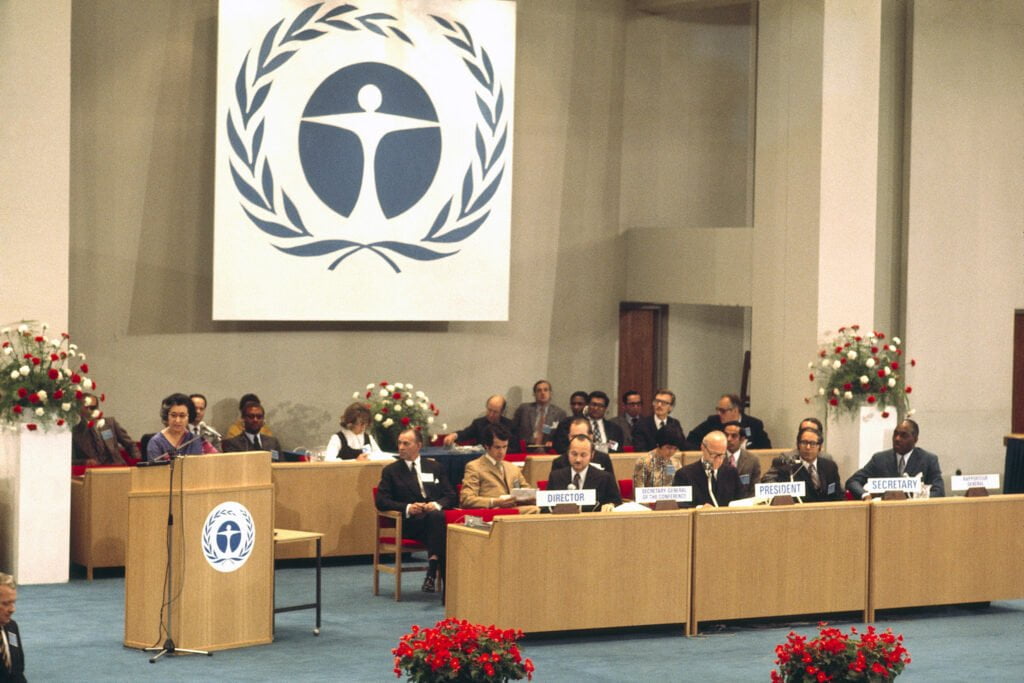
Source: China Dialogue
Yet, it is increasingly clear that our obsession with economic growth is killing our people and lands. We must start to embrace degrowth slowly. By relying less on constant production of technological innovations, and instead focusing on Nature Based Solutions. By protecting the land, livelihoods and lifestyles of indigenous people. By disincentivizing “developmental” projects that merely fragment ecosystems and homes. By mandating redistribution of corporate profits for on-ground communities, socio-ecological work and disaster relief funds.
Also read: Consumerism, Environmental Degradation, And Their Disproportionate Effects On Women
As a collective, how can we better support the health of our ecosystems, flora and fauna, while protecting the health of those on-ground defending and preserving these systems?
UNEP’s reports have a distinct quality of seeming unfinished. There are few checkboxes that have been ticked and many more to come—and this is essential if we have to tackle the climate crisis. While the future is better planned, it is no less uncertain, and the organisation seems to recognise this.
